There’s no doubt that librarians have always had deep connections with their surrounding communities. One of the best examples of hero librarians comes from the Pack Horse librarians, which existed during the interwar period.
This pack of librarians trapped through some of Kentucky’s most remote areas on unfavorable terrain and weather conditions to deliver books to folks who would otherwise never have access. Though the project only ran from 1935 to 1943, the women involved had a major impact on the state and the history of its people’s education. This is their story.
Franklin Roosevelt Created the WPA During the Great Depression
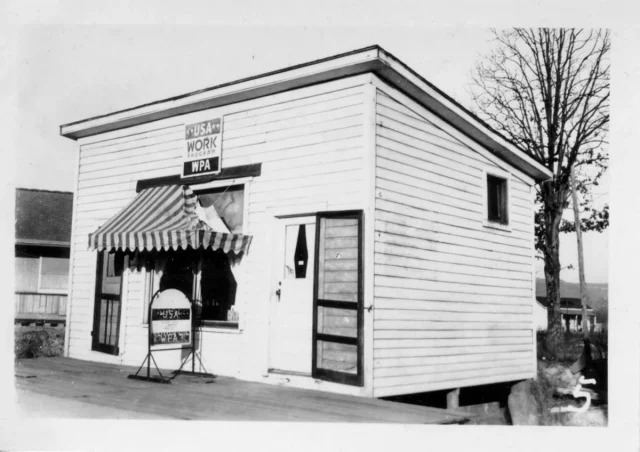
Franklin D. Roosevelt initiated the WPA for the Works Progress Association during the Great Depression.
The association was formed in 1935 as part of the New Deal agency. The plan for the association was to provide work for Americans struggling to find employment during such a tumultuous time. One of the main goals of the WPA was to increase literacy in Kentucky.
Many Kentucky Citizens Were Illiterate at the Time
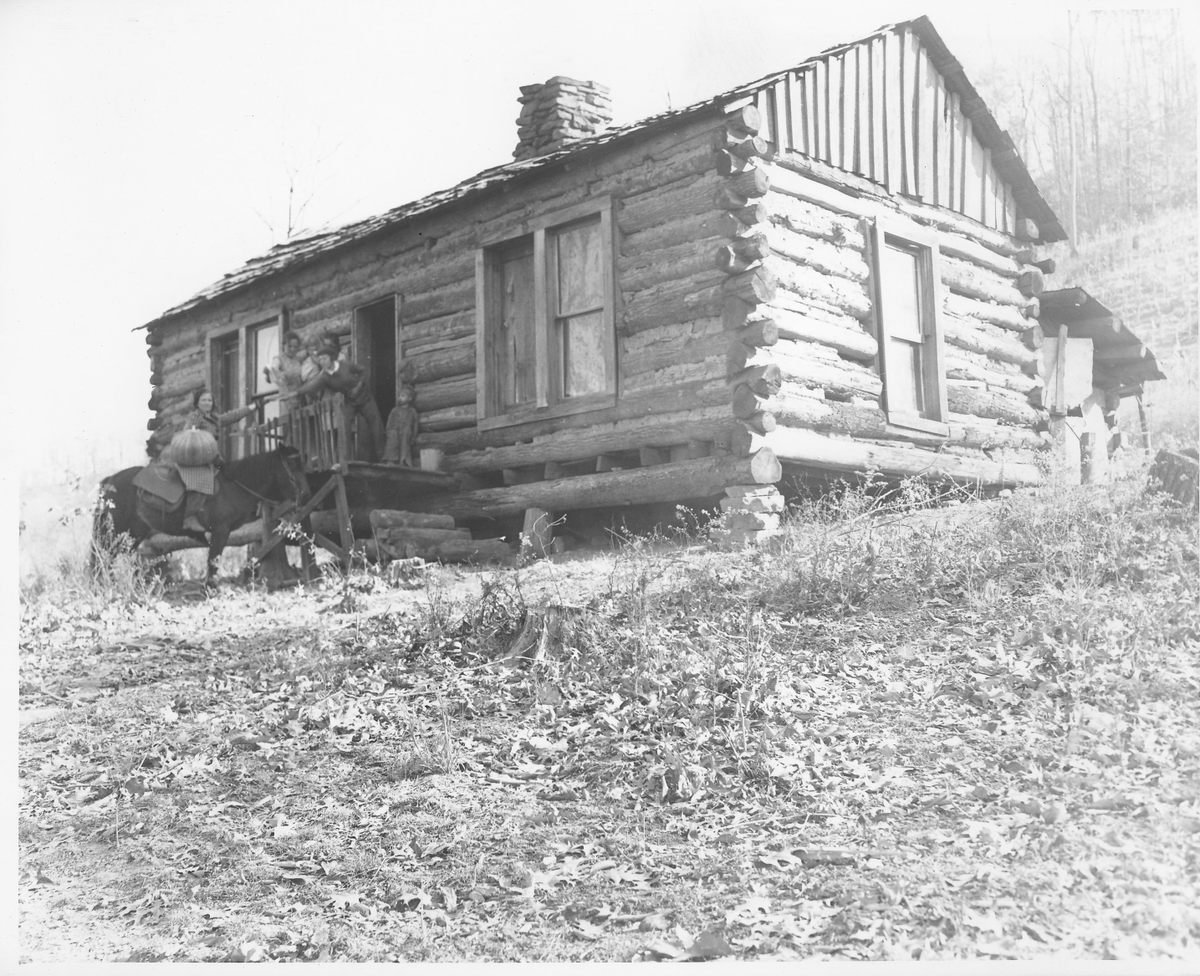
Unfortunately, in 1930, experts estimated that around 31% of the population of Eastern Kentucky was illiterate.
Around the time Roosevelt formed the WPA, the American Library Association had reduced its circulation of books, dropping from around 5-10 books per capita in circulation to around one book per capita in circulation. The WPA needed to start by circulating more books for Kentucky residents.
This Region of Kentucky Was Geographically Isolated
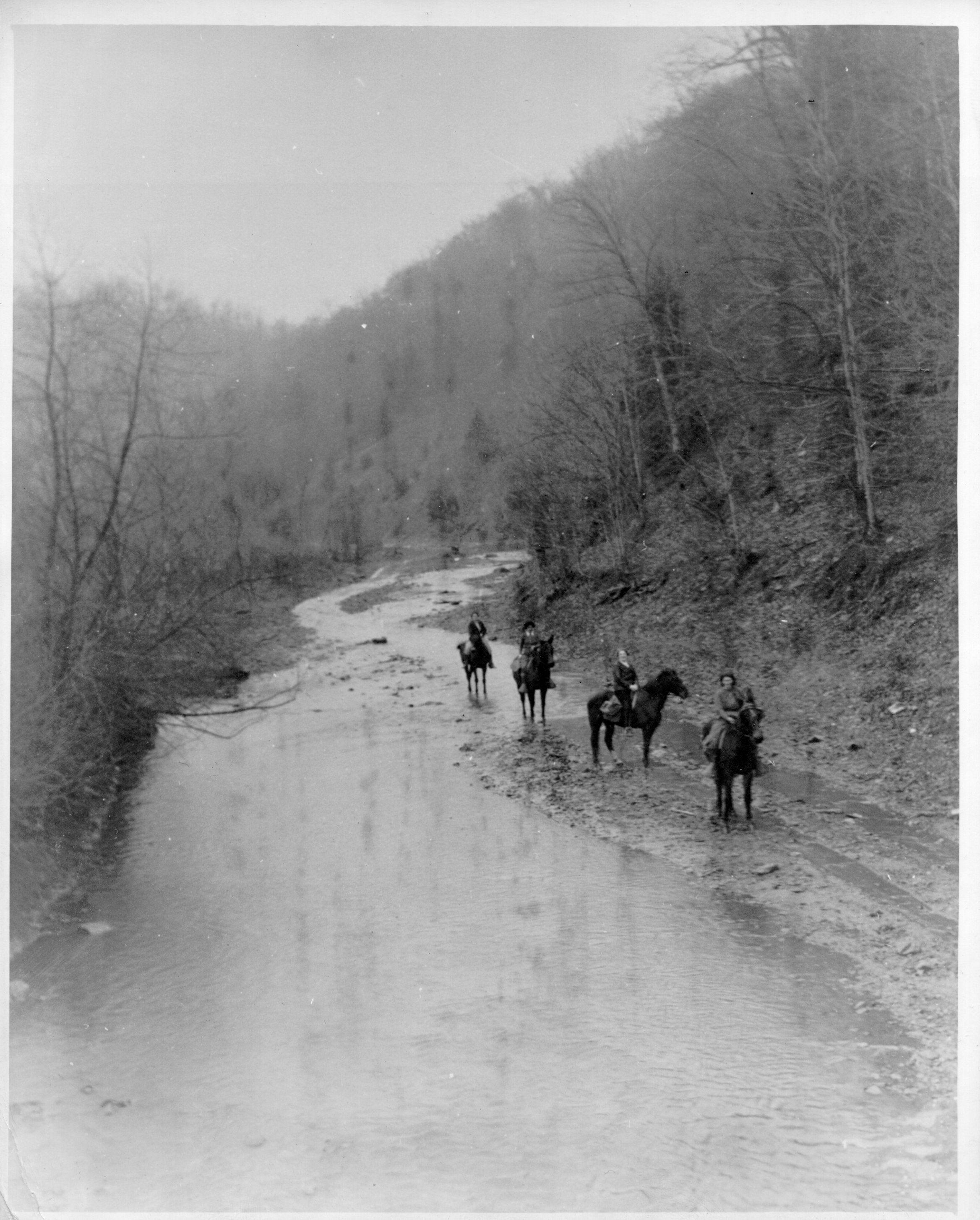
Eastern Kentucky is one of the most rural and geographically isolated places in the nation, cut off from most of the country without access to public services that we take for granted every day.
One of the biggest issues is the lack of reading materials circulating throughout the region.
The WPA Employed the Pack Horse Program

To help, the WPA formed a group of librarians known as the Pack Horse library. This group employed women who would deliver reading materials to remote areas to increase literacy statistics, especially in the Eastern Kentucky region.
The hope was that with more literate people in the region, the state could begin increasing employment.
This Was One of the New Deal’s Most Unique Plans
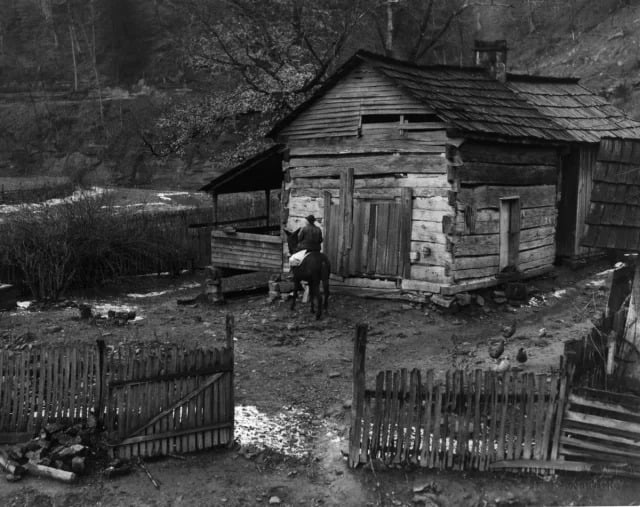
The Pack Horse Library initiative was one of the most unique plans to come out of the New Deal. The plan sent Librarians into deep Appalachia to distribute reading materials to those who lived in the 10,000-square-mile mountainous portion of Eastern Kentucky.
The state had already fallen behind compared to its neighbors in terms of Highways and electricity, and education, food, and economic opportunity were becoming scarce.
There Was a Distressing Need for Books In Kentucky
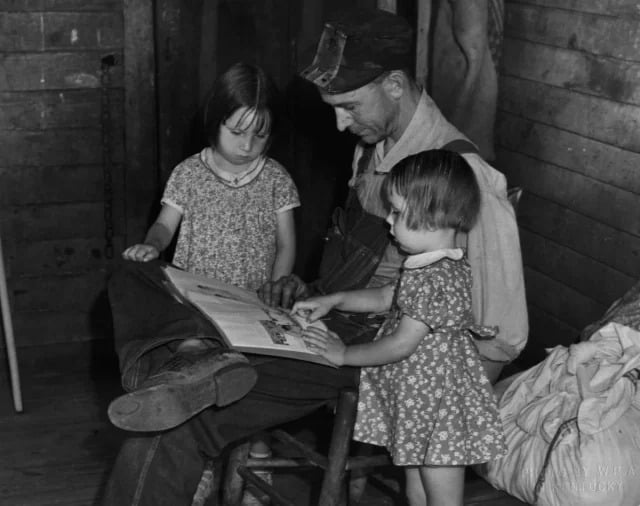
One of the biggest things Kentucky residents lacked was books.
Many Kentucky residents couldn’t read, as they had never had access to books. However, according to Donald C. Boyd, a well-renowned American historian, they had a burning desire to learn. It was essential for these residents to be able to keep up with new changes that were happening in their state and the states around them.
Industrialization was Looming
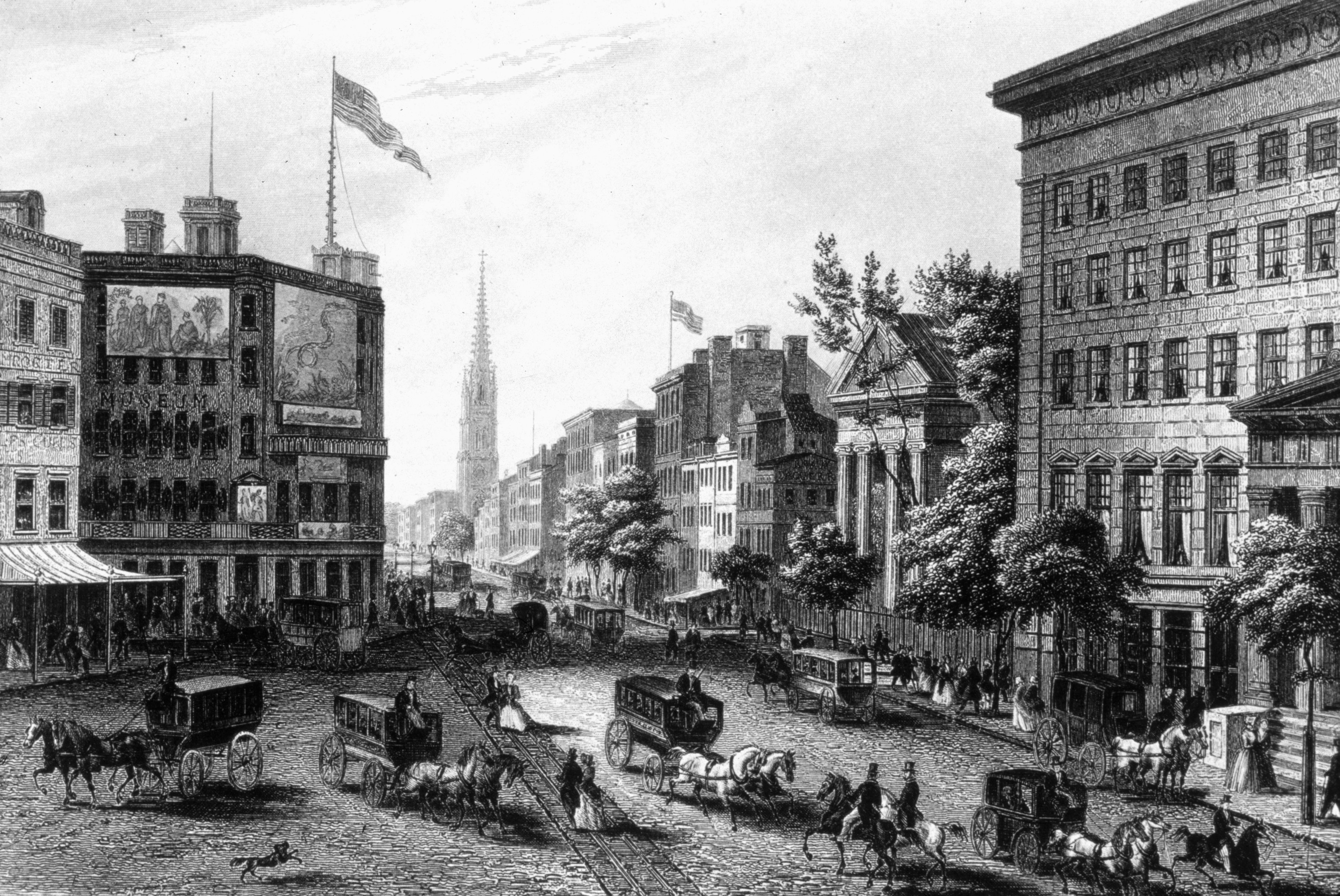
Eastern Kentucky was poised to be industrialized with the addition of coal mines and railroads.
The fear that these innovations would become a threat to their survival was constantly looming. These new changes would certainly bring economic prosperity to the region, though their inability to read would keep them in an economic trap that would be difficult to escape
However, There Had Been Previous Attempts To Deliver Books to the Region
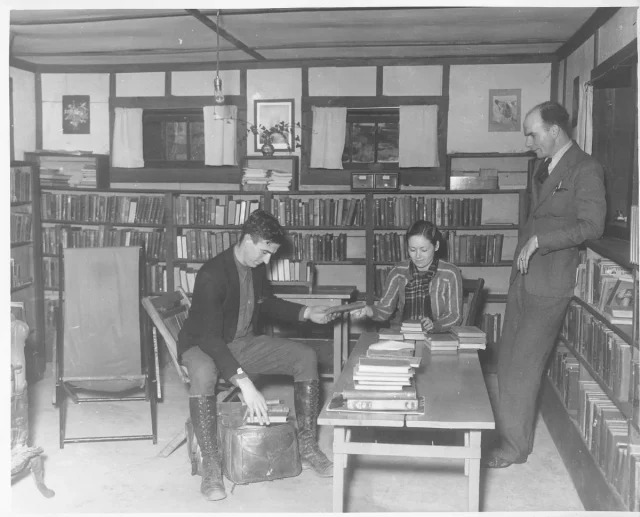
Some groups had previously attempted to bring reading materials into the remote region.
May Stafford, a Kentuckian, conjured a plan in 1913 to solicit money so that she could take books to rural Kentucky residents on horseback. Unfortunately, her project did not last more than a year. A local college had also sent teenagers by horse-drawn wagon up into the mountains in the late 1920s, though the program ended even quicker. Ellen Woodward decided to start up this new project, spearheading the operation at the federal level.
This Plan Required Local Help
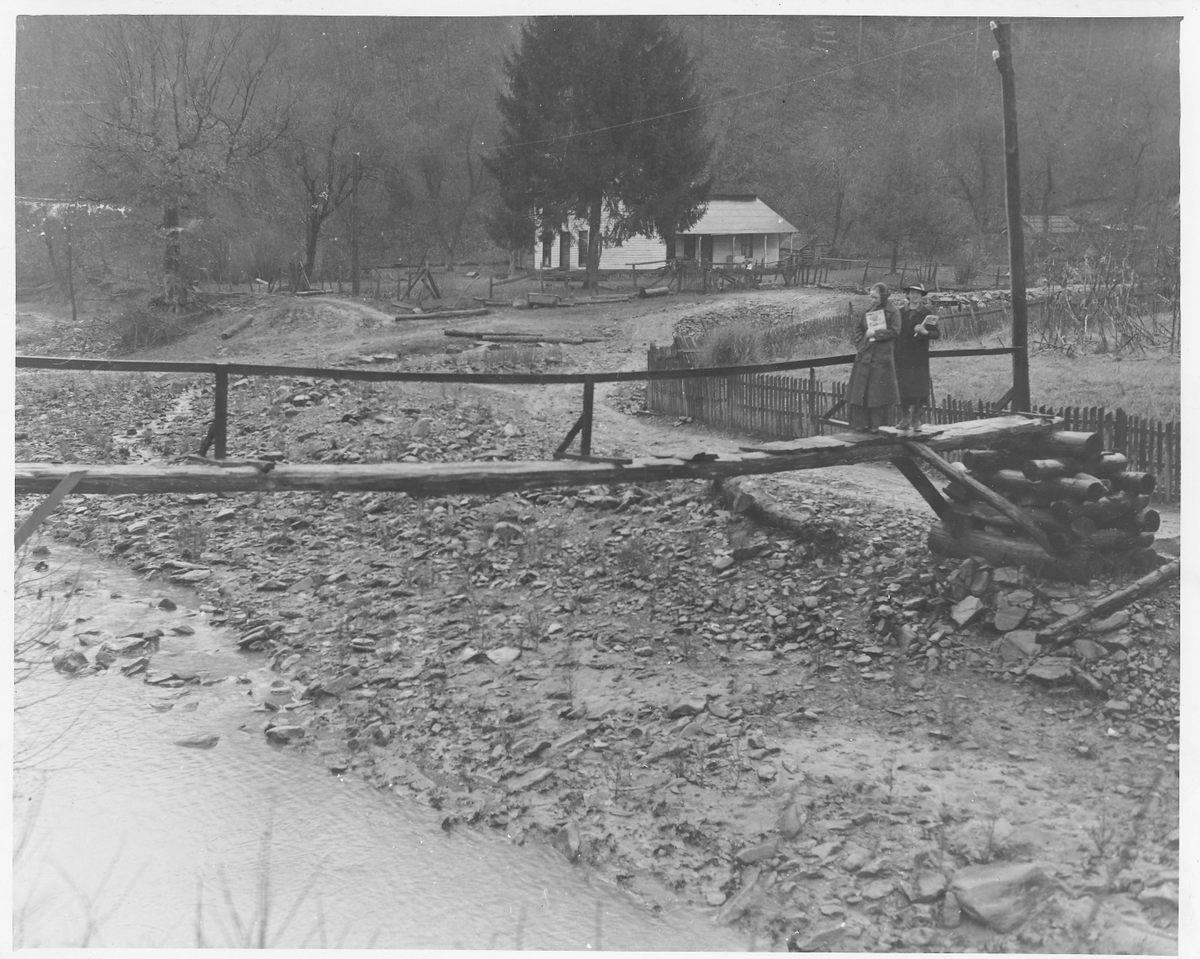
What was different about the packhorse library compared to other New Deal projects was that it required help from the locals. These “libraries” could be found in just about any facility where books could be stored, from post offices to churches.
The librarians looked after these outposts, providing books to carriers, who would deliver them to the locals far up in the mountains.
Carriers Had a Tough Job
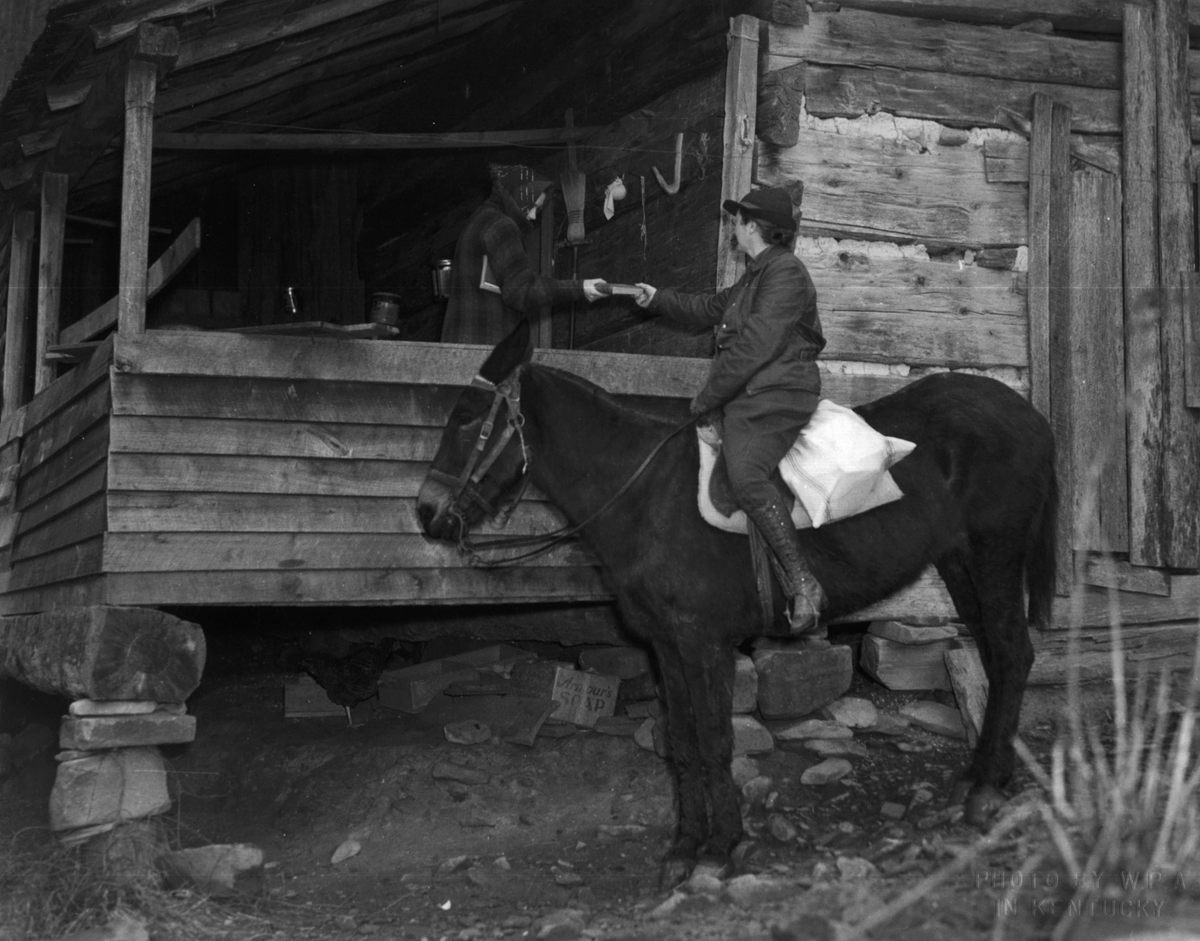
These carriers would take the books they were given, strap them up aboard their horses or mules, and head into the hills, searching for those in need.
These carriers took their jobs very seriously and, in many ways, were like the mail carriers of the day. They’d often find themselves traversing through cold winter conditions, crossing cold streams and losing feeling in their frozen feet, latched to the stirrups.
Carriers Rode Out Twice Monthly In Rough Conditions
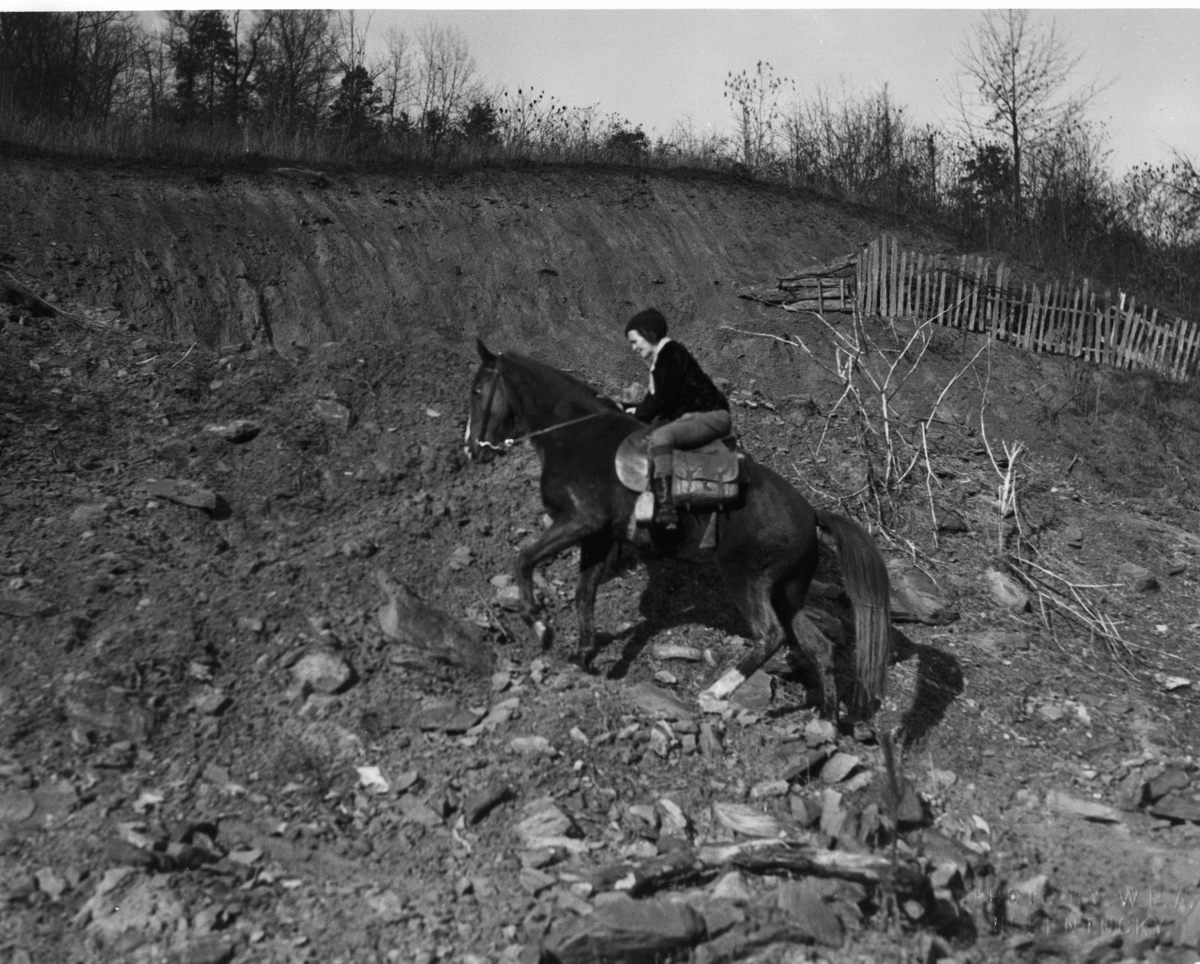
These carriers would head out into the mountains at least twice monthly, covering anywhere from 100 to 120 miles each week.
One notable rider, Nan Milan, carried books through an 8-mile radius, taking them throughout the Pine Mountain Settlement School district. This was a boarding school for children in the mountain.
Trails Were Quite Dangerous
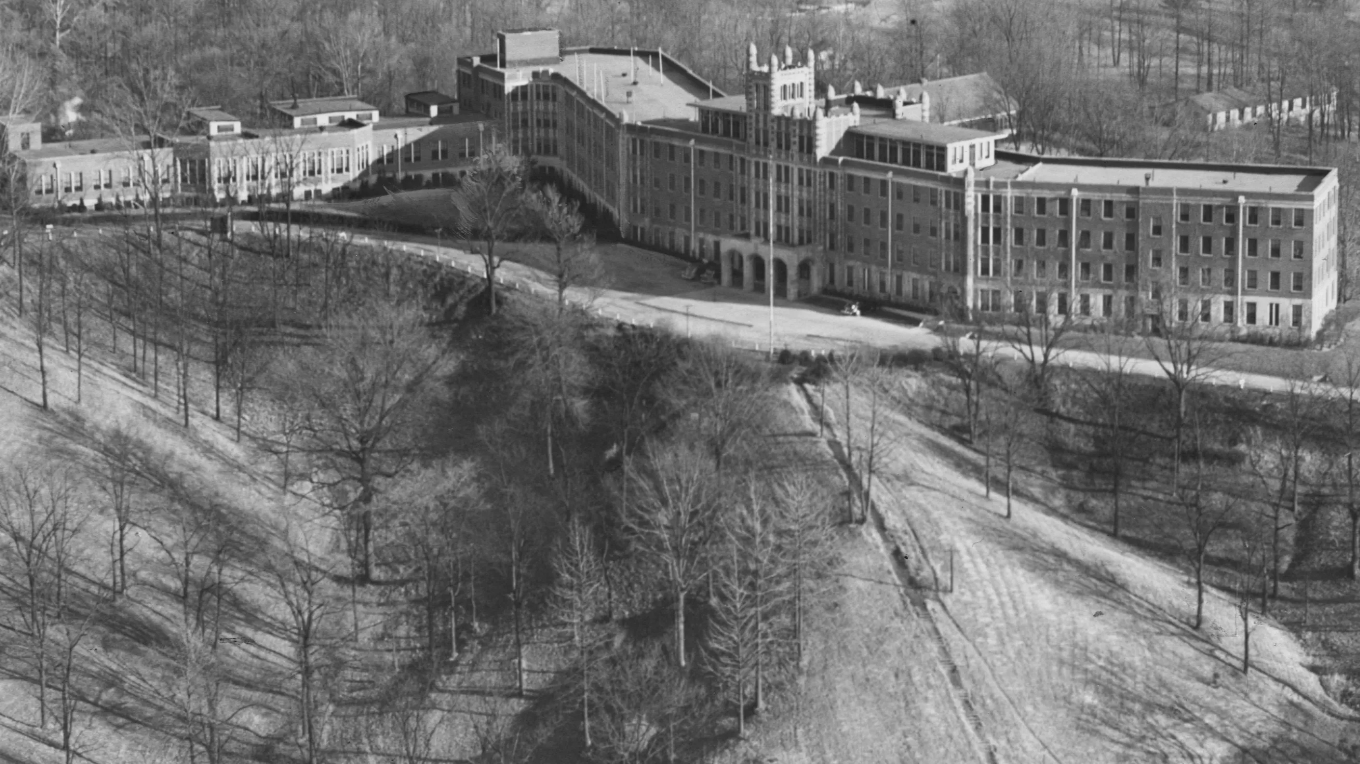
While the carriers face danger many times they went up into the mountain, they had good spirits about it.
Milan would often joke that her horse had shorter legs on one side compared to the other, allowing her to walk up the steep mountain paths without slipping off the side.
These Riders Earned Around $28 per Month

Many carriers would use their own horses or mules for these journies, while others had to lease them from their neighbors. The Pine Mountain Group had a horse that many carriers used named Sunny Jim.
In terms of compensation, the carriers earned around $28 per month, which is close to $495 in modern times.
Reading Materials Came from Outside Donations

The reading materials, which included books and magazines, often came from outside donors. One of the group leaders, Nofcier, would request them from the local PTA. She would also travel throughout the state, asking residents in more accessible or affluent regions if they wanted to help their fellow Appalachia Kentuckians.
Luckily, many Kentuckians obliged, making the project more successful than ever.
All Types of Reading Materials Were Requested
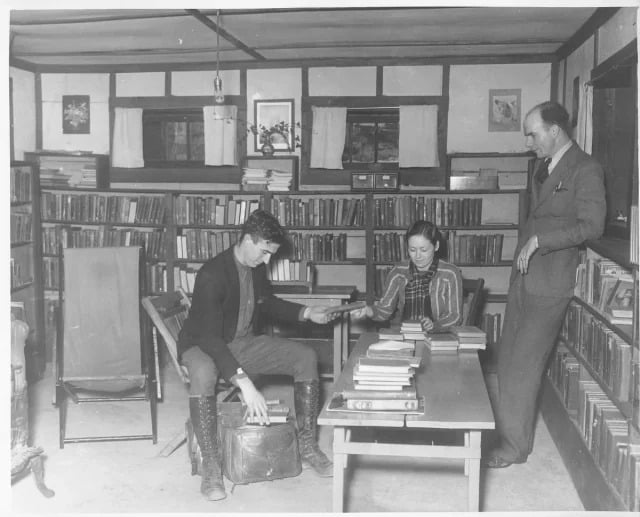
Librarians would ask for all kinds of reading materials, including books, textbooks, magazines, Sunday school materials, and more.
Once they got hold of these precious books and place them in the library collection, they would do all they could to preserve them, which wasn’t such an easy task, given the fact that these makeshift libraries did not have proper storage facilities.
A Fair Amount of Time Was Spent Repairing Books

Preserving the books required constant work, especially after they had traveled far through the cold and snowy mountains to reach leaders.
Librarians often had to repair old books, glue pages back into place, or create new covers altogether. They would also repurpose old Christmas cards as bookmarks so readers wouldn’t dog-ear pages to maintain their places in books.
Word of the Campaign Quickly Spread
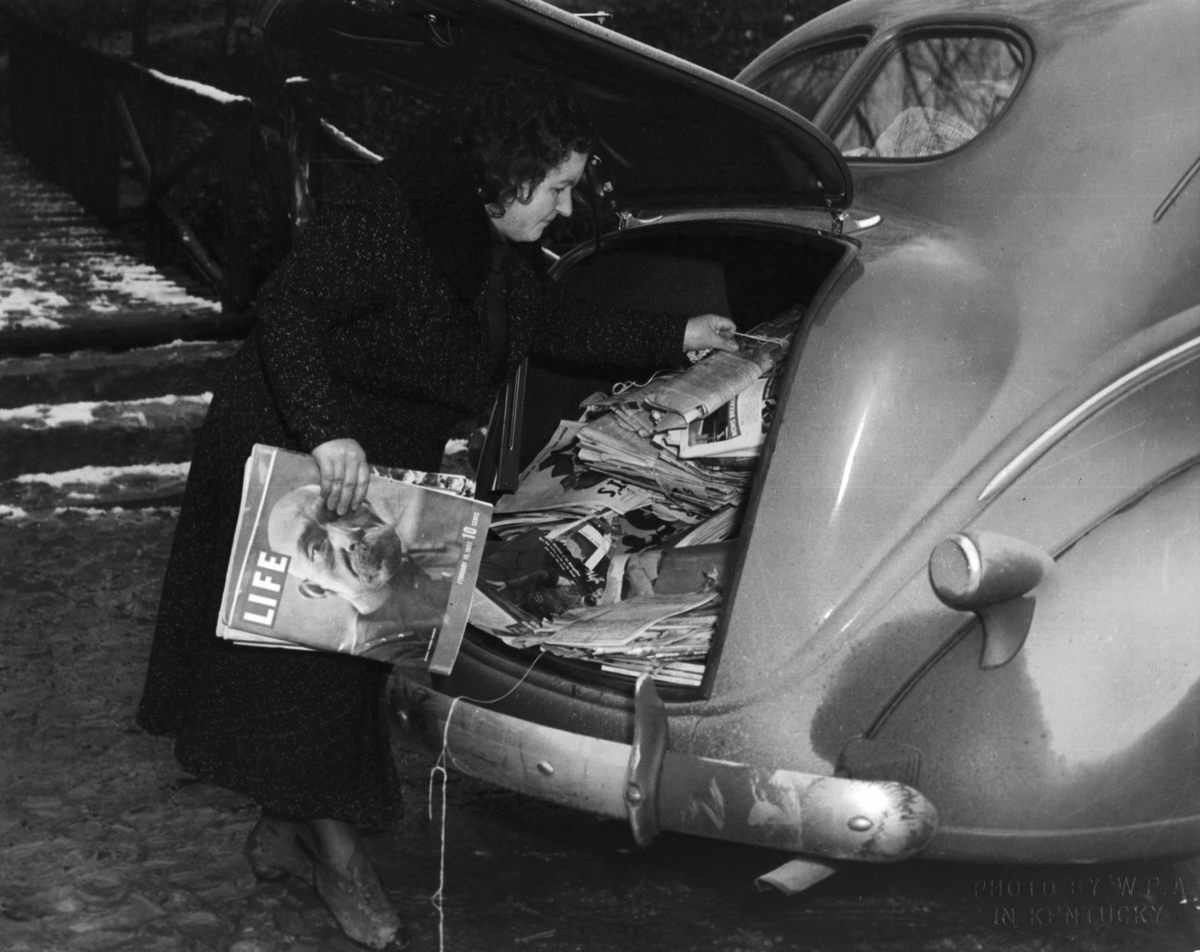
It wasn’t long before word of this unique campaign spread across half the states in the country. One Kentuckian who up and moved to California donated 500 books in memory of his mother.
Another benefactor from Pittsburgh collected reading materials to send to packhorse librarians. People all over the country were doing everything they could to help their brothers and sisters in the Appalachian mountains.
Many Sacrificed A Lot for the Project
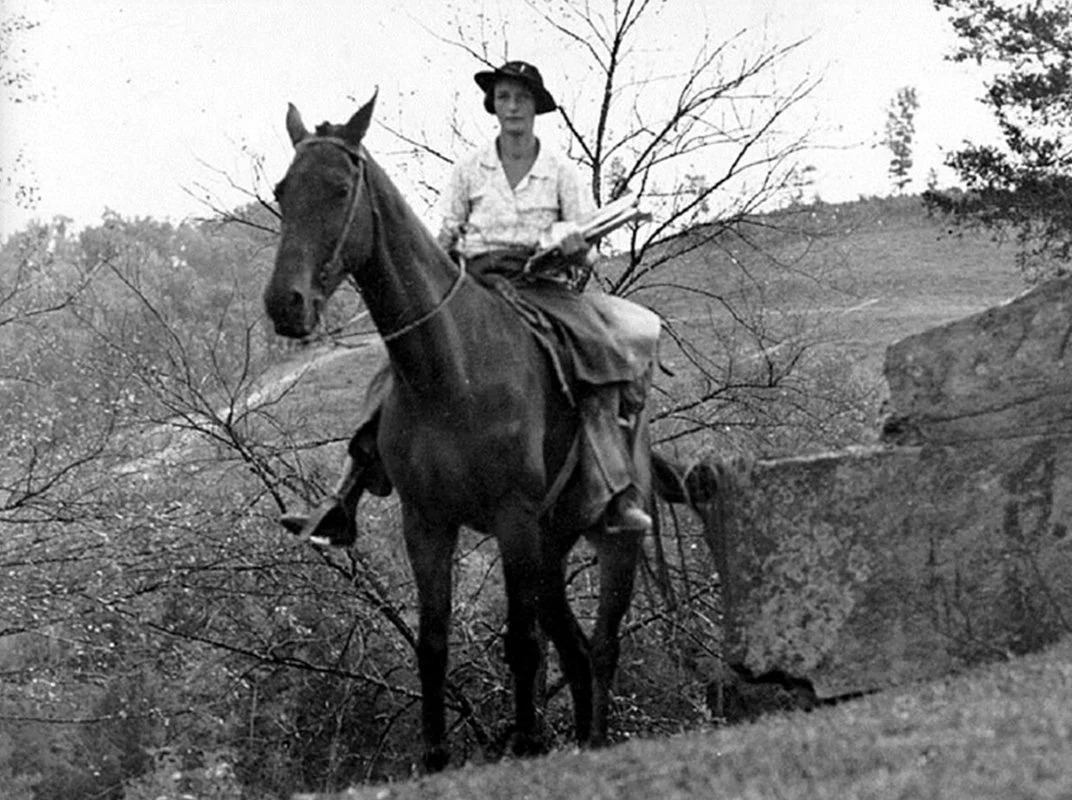
According to a local reporter, there were many who sacrificed everything they had for the project.
People would save pennies for book drives to help replenish book stops. Some people pulled their money and purchased miniature hand-cranked film machines, so Appalachian residents could enjoy media in a different way.
The Packhorse Library Gained Access to Trunks of Reading Materials
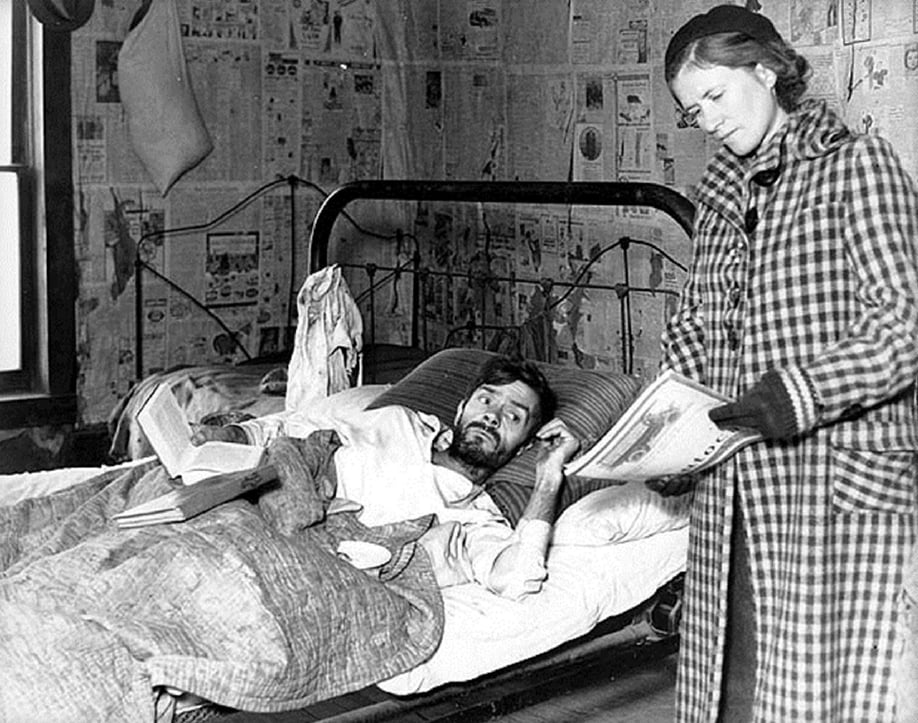
Some people would pull up to the makeshift libraries with trunks full of reading materials, including donated books and magazines.
The librarians would happily accept any reading materials, regardless of the condition.
Librarians Made New Books When Old Ones Became Too Worn

Whenever reading materials became too warm to continue in circulation, librarians would make their own books from scratch. They would take old stories and pictures from worn-out books and paste them into new binders to make new reading materials.
Some of the big hits in this regard were the recipe books, which circulated throughout the mountains and became so popular that Kentucky residents began making their own.
The Packhorse Librarians Served 50,000 Families in 1936
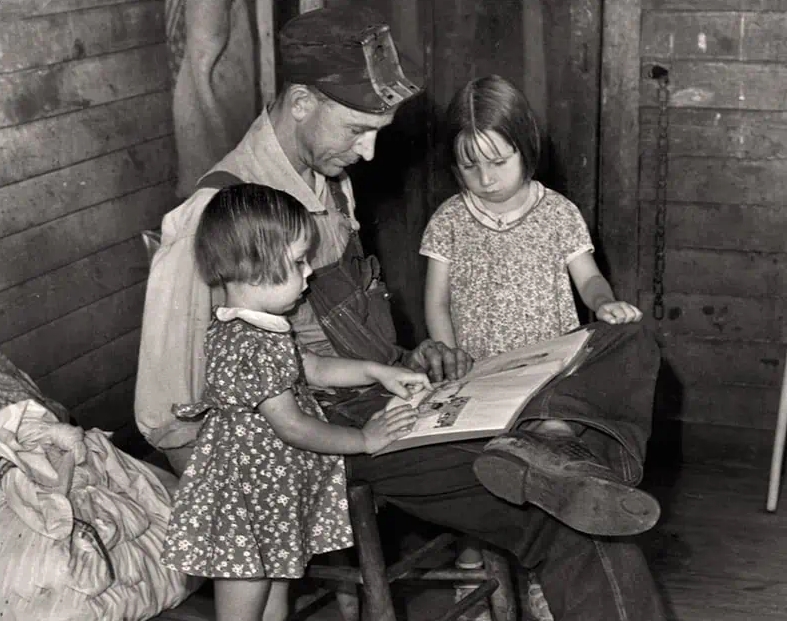
By 1936, the pack horse librarians had served more than 50,000 families and over 150 public schools.
Schoolchildren loved the pack horse program, as many schools in the Eastern Kentucky mountains did not have libraries for them to read, and many of them were far from state public libraries. In fact, many children had never checked out a book in their lives.
Every Child They’d Pass By Wanted a Book
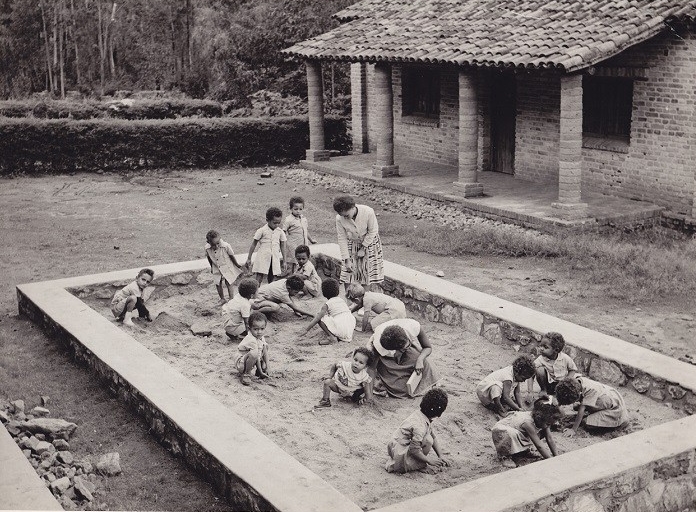
Students would holler to the pack horse Librarians to bring them books when they came back.
One pack horse Library supervisor said that every child who made his acquaintance would run up to him and scream, “please bring me a book to read!” These children weren’t asking for specific books but instead wanted any kind of book, as they hadn’t read most.
The Appalachian People Loved Mark Twain
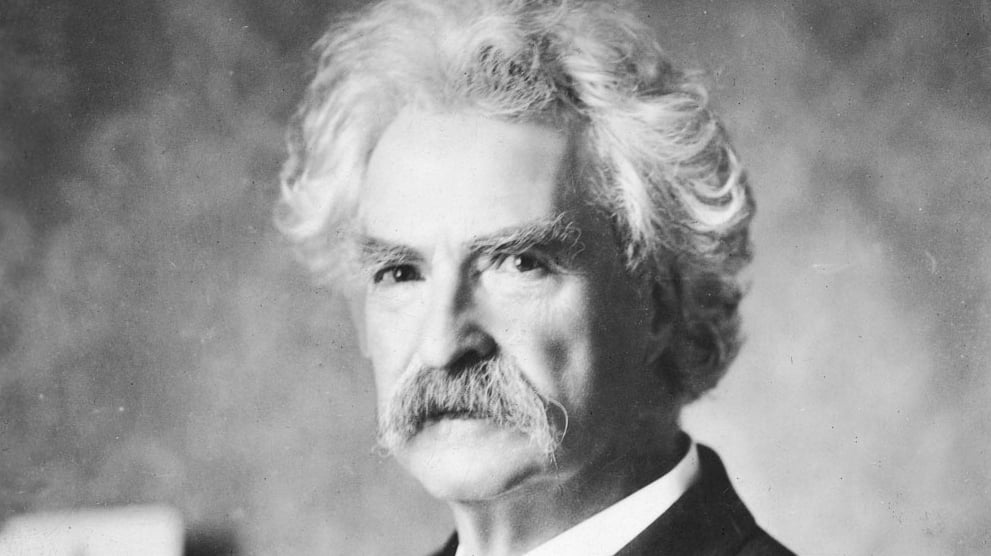
According to Kathi Appalt, a historian who wrote an in-depth book about the librarians in 2002, said that one of the most popular authors for the Appalachian people was Mark Twain.
She noted that one of the most sought-after books was Robinson Crusoe. Because many Appalachian adults were unable to read, illustrated books became the most popular. Many illiterate parents would also have their children read them.
There Were Many Challenges They Faced Along the Way
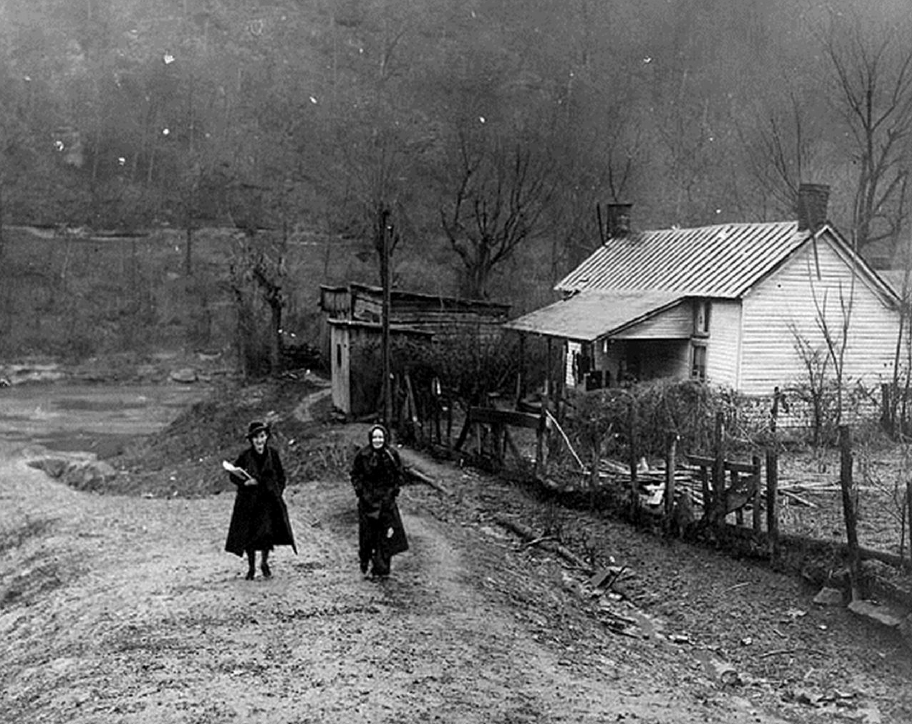
In Appalt’s book, she details the challenges that the librarians faced along the way.
Many roads into the deep Appalachian Mountains were impossible, and some had to hike many miles to reach their destinations. In one instance, a librarian was forced to hike and 18-mile route after her mule died along the way.
Many Riders Would Read Bible Passages to Earn the Trust of Locals
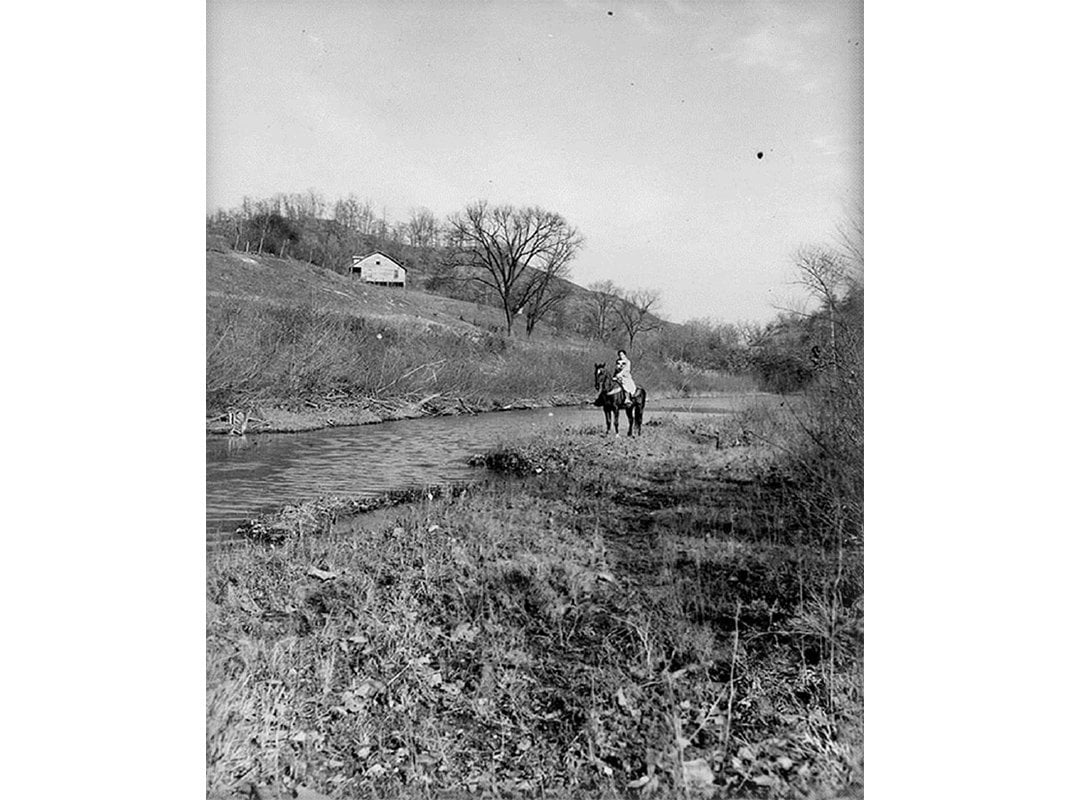
Some of the issues stemmed from families in the mountains, who resisted the librarians initially, as they were suspicious of these strange outsiders for delivering unknown materials to their children.
Librarians would have to earn the trust of the Appalachian people by reading passages from the Bible to them.
These Bible Passages Meant A Lot to Kentuckians

Kentucky was always a very religious state, and many of the families had grown up their entire lives hearing these Bible verses passed down through oral tradition.
In their minds, the fact that the pack horse librarians could provide access to Bibles helped develop a sense of trust and shed a good light on other materials they were bringing. Many of these people were starving for a chance to learn, and the packhorse Librarians could deliver.
By 1938, the Packhorse Library Had Reached Its Peak
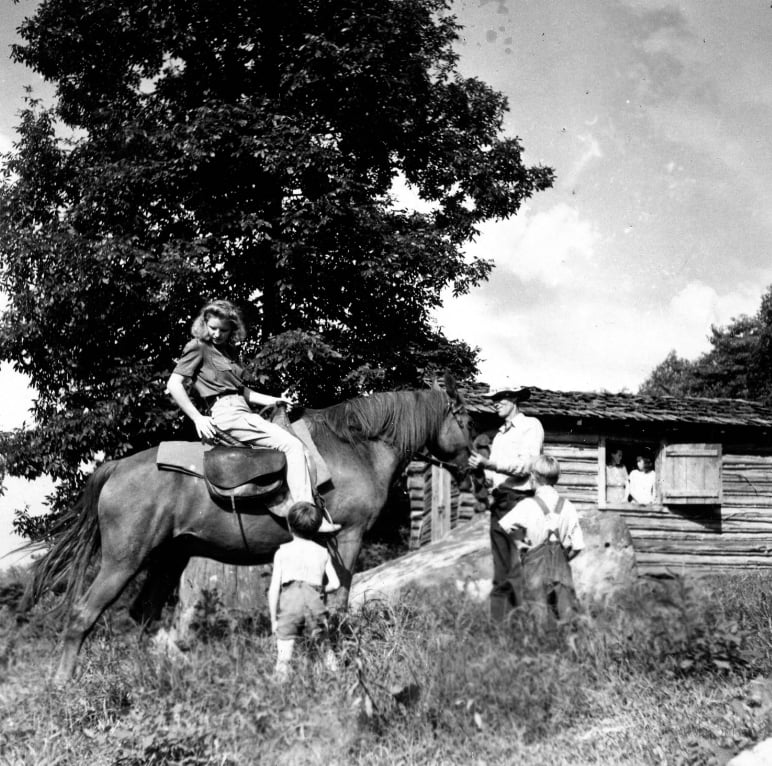
The packhorse library had become one of the biggest book delivery systems of its kind in 1938, employing around 270 women in more than 29 counties. The communities were very thankful for the service these women offered.
Unfortunately, the packhorse librarians were not meant to last a lifetime.
The Packhorse Librarian Troop Eventually Ended in 1943
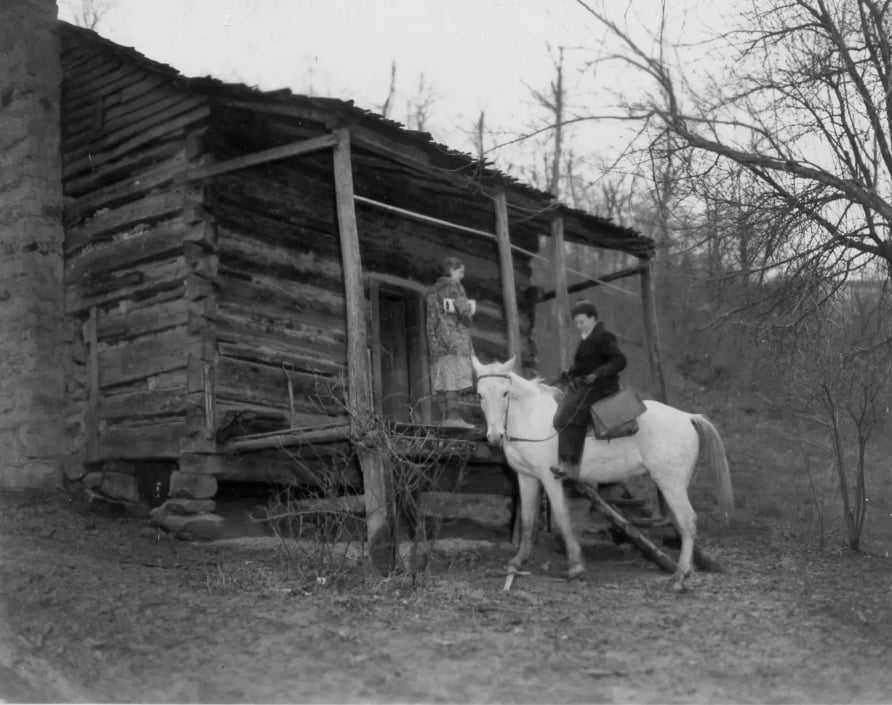
In 1943, Franklin Roosevelt decided to end the WPA, bringing the packhorse library to a resolution.
The government had a new effort of putting people back to work during the war, so many WPA projects were tapered off, leaving the people of Appalachia without access to the same quantity of materials for a few years.
Motorized Bookmobiles Began Taking Priority in 1946
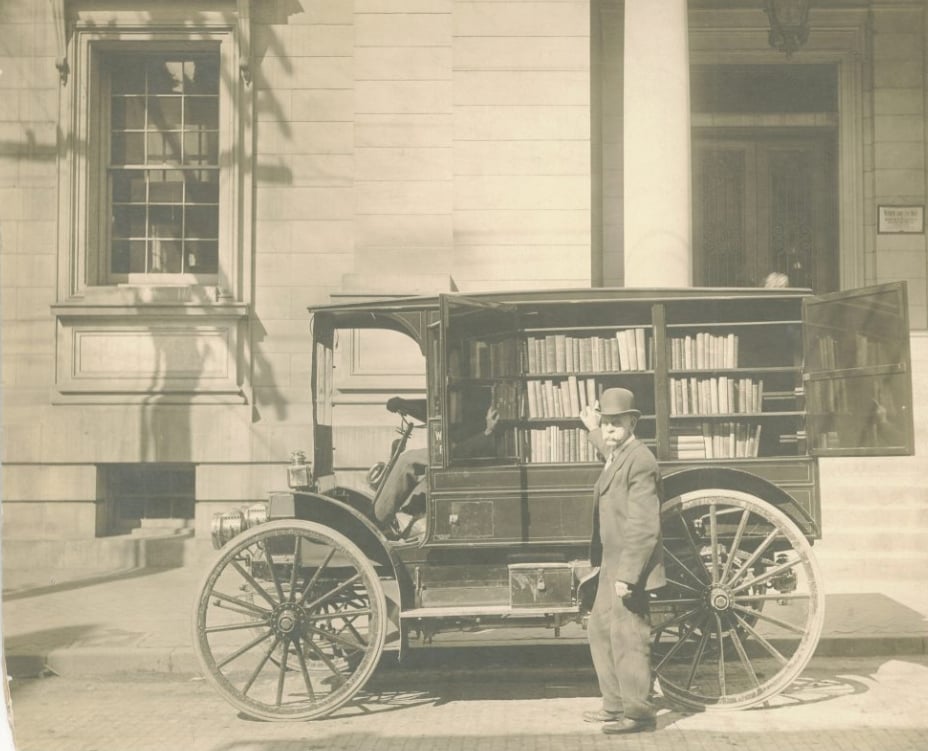
However, even though the era of horse-delivered books was on the downslope in Kentucky, motorized bookmobiles began appearing in 1946.
This new bookmobile system offered a much faster and safer way to traverse the rugged mountain towns and deliver a greater number of books to the surrounding communities.
Many Motorized Bookmobiles Are Still In Circulation Today
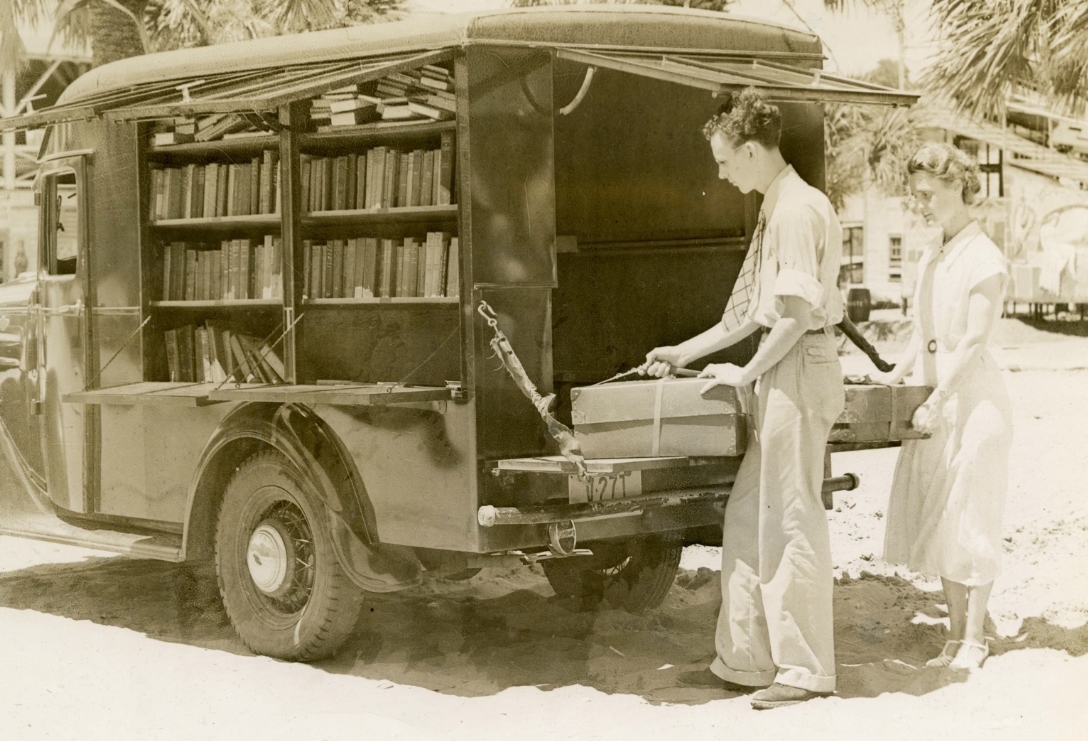
To this day, the bookmobile program is still strong in some Kentucky areas.
According to the Institute of Museum and Library Services, the Kentucky public library system at around 75 bookmobiles in 2014, making it the most prevalent bookmobile system in the country.
